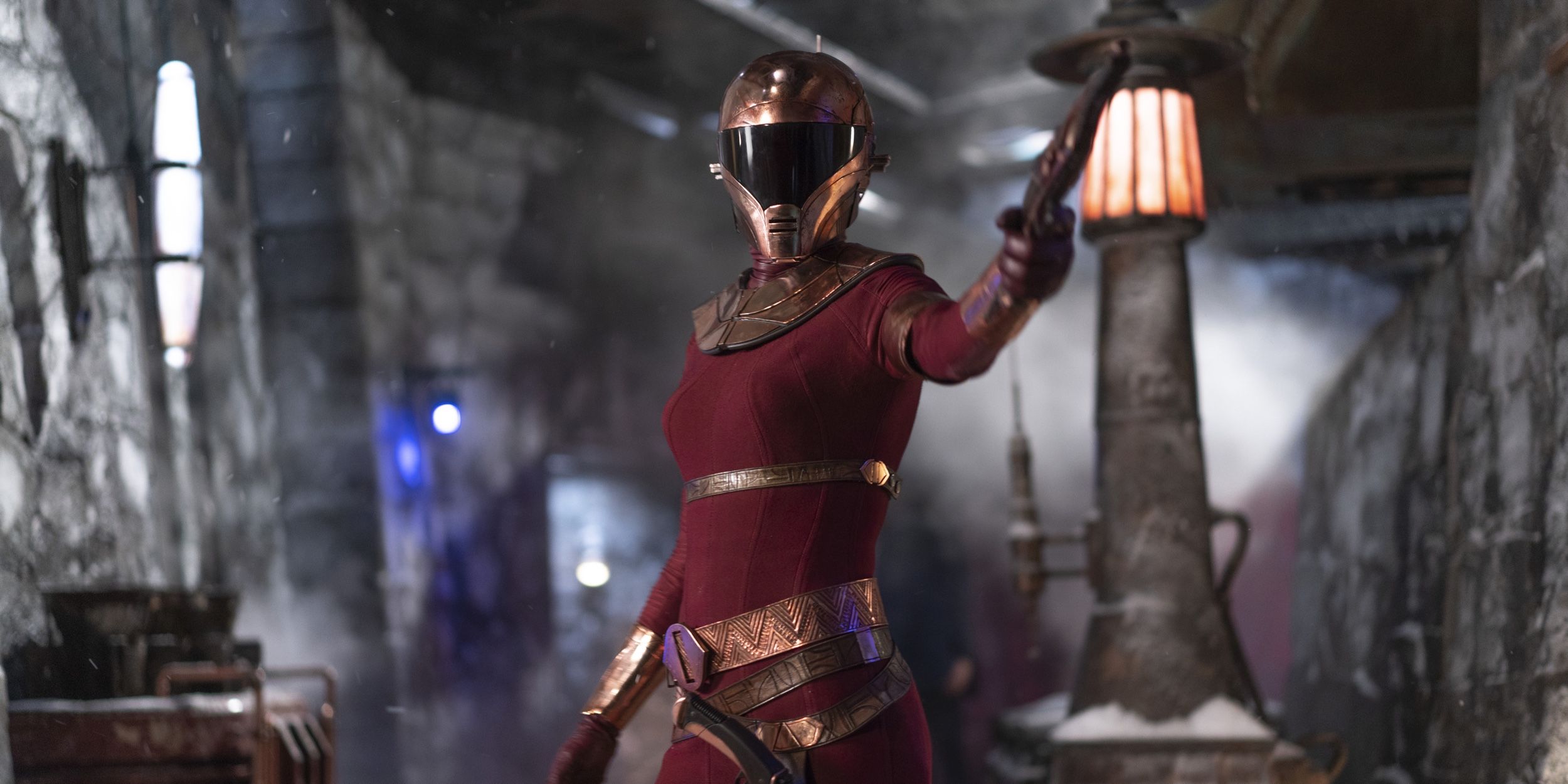


Resident Evil 7 takes a similarly minimalist approach, though in this case the lack of information is used to frighten, rather than inspire. You’re sure to find something interesting and worth your time, even if it isn’t exactly what you planned to be doing and chances are you’ll have quite the adventure along the way. Not sure what to do? Pick a landmark in the distance, and go there. When combined with its expansive, distraction-free map, and a lack of concrete information about the setting, you’re left to discover Hyrule’s mysteries for yourself. With on-screen indicators and player information displayed in muted colors, the gameplay experience is very much grounded in the world around you. If you sift through the mountains of critical praise for The Legend of Zelda: Breath of the Wild, you’ll find a common thread among its reviews the game lets the player discover the mysteries of its world themselves.

While it is important to make sure gamers can find out what to do and where to go at any given moment, those mechanics increasingly come at the expense of discovery, diluting some of the greatest joys to be found in exploring virtual worlds.įortunately, in the last few months, we’ve seen a wave of games experimenting with ways to look past the clutter of in-game UI, using everything from photo-modes to minimalist maps, to put their games worlds’ in the spotlight. In the modern era, the pendulum has swung the other way, and now many developers seem to err on the side of caution, guiding players through even large, open-ended experiences.īut it doesn’t have to be that way. How much information do players need before they go where you want them to go? Looking back, the games we think of as “retro” were often vague in telegraphing what players should do. Fitbit Versa 3Ĭommunication is one of the biggest challenges of video game design.


 0 kommentar(er)
0 kommentar(er)
